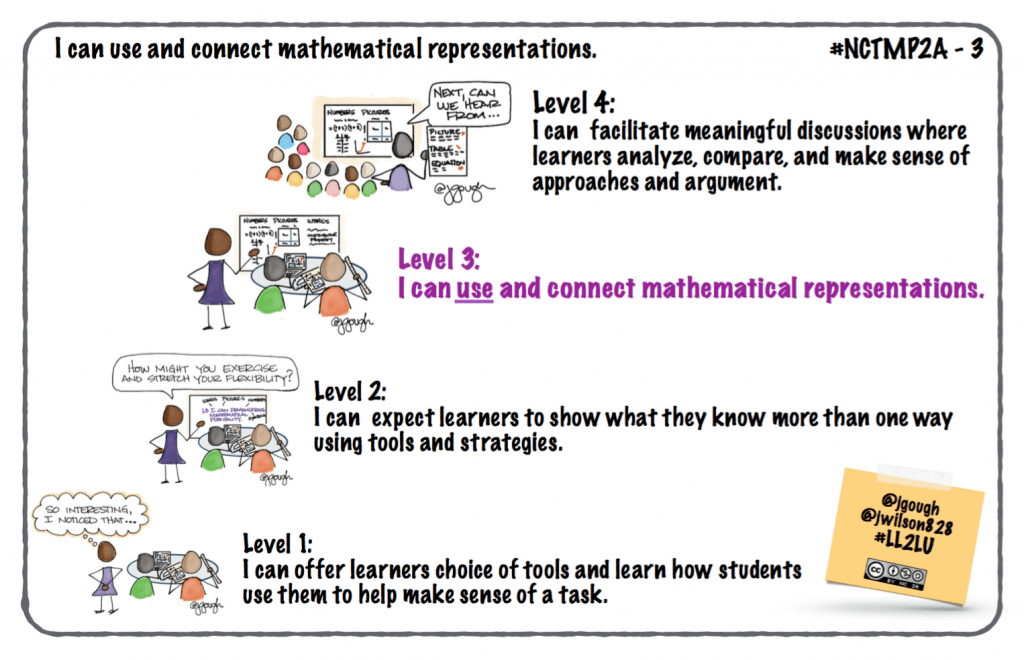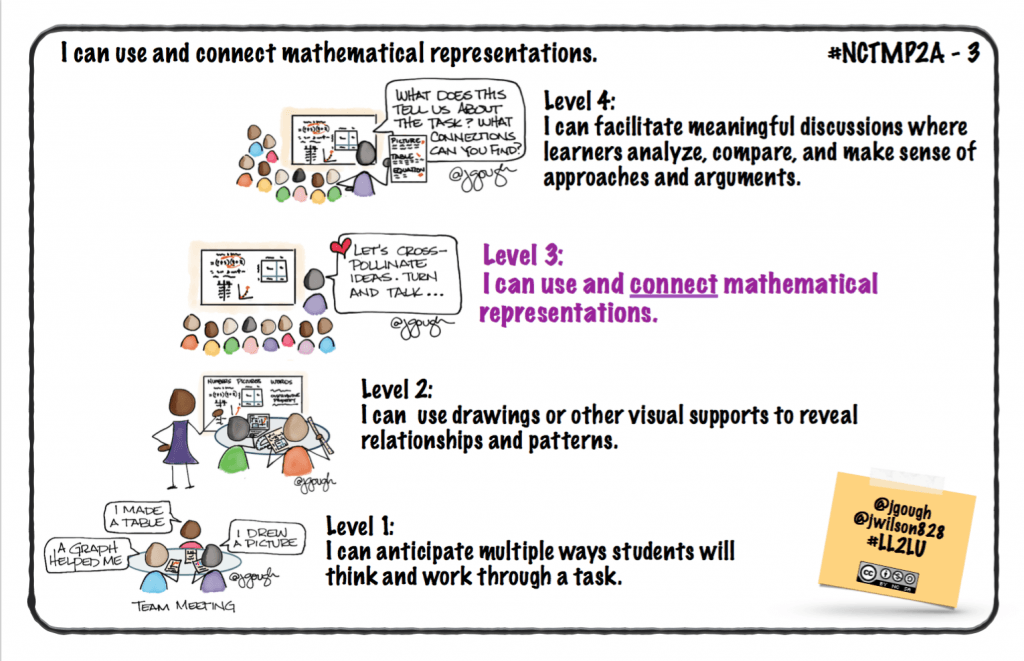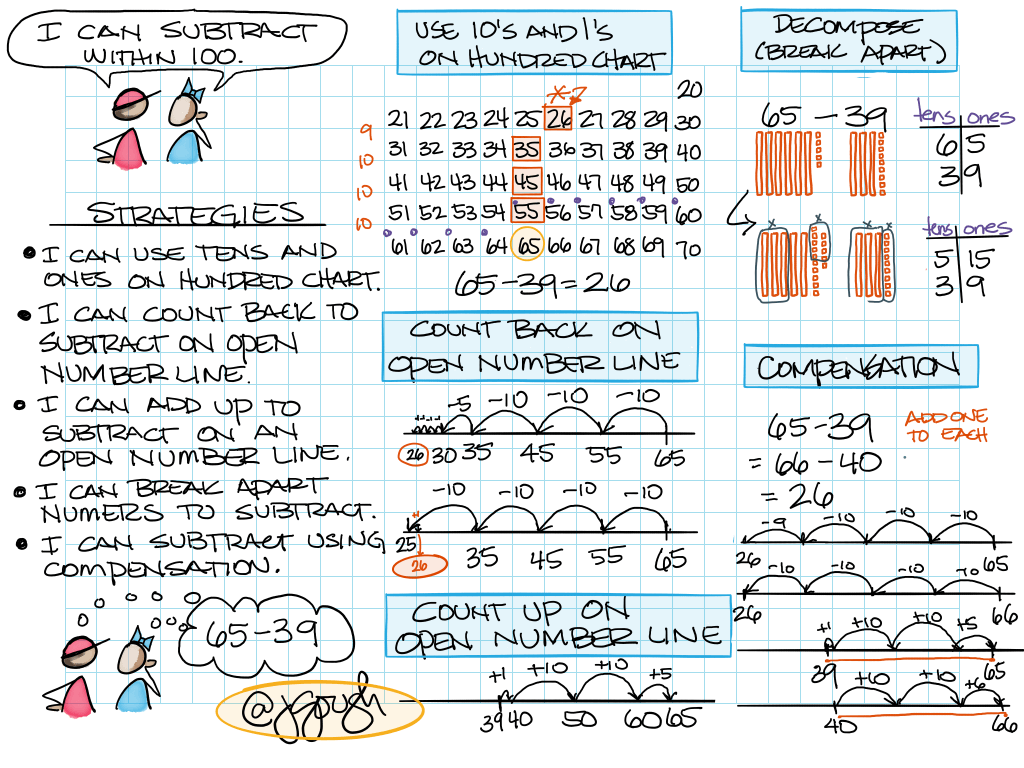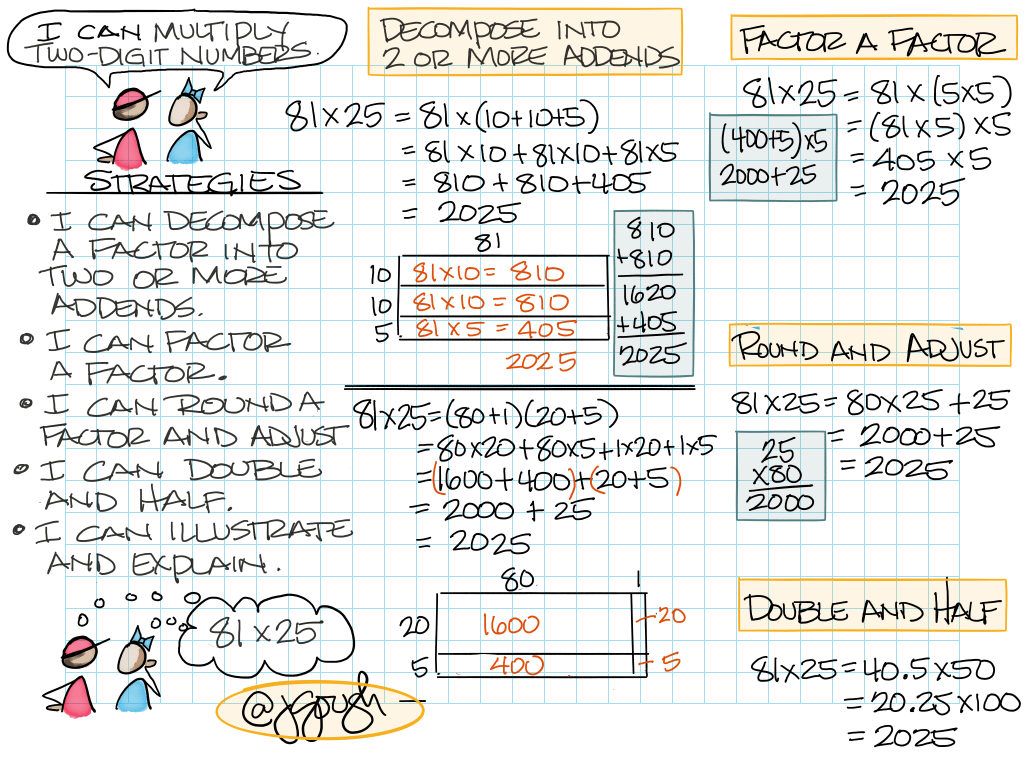Week Three of Embolden Your Inner Mathematician
We commit to curation of best practices, connections between mathematical ideas, and communication to learn and share with a broad audience.
Course Goals:
At the end of the semester, teacher-learners should be able to say:
- I can work within NCTM’s Eight Mathematical Teaching Practices for strengthening the teaching and learning of mathematics.
- I can exercise mathematical flexibility to show what I know in more than one way.
- I can make sense of tasks and persevere in solving them.
Today’s Goals
At the end of this session, teacher-learners should be able to say:
- I can use and connect mathematical representations. (#NCTMP2A)
- I can show my work so a reader understand without asking me questions.
From Principles to Actions: Ensuring Mathematical Success for All:
Use and connect mathematical representations: Effective teaching of mathematics engages students in making connections among mathematical representations to deepen understanding of mathematics concepts and procedures and as tools for problem solving.
Learning Progressions for today’s goals:
- I can use and connect mathematical representations.

- I can use and connect mathematical representations.

- I can show my work so that a reader understands without have to ask me questions.

Tasks:
- 5 Practices Team Meeting around Number Talks
What if we engage in purposeful instructional talk as a team to focus on the instructional core? How might we design and implement a differentiated action plan across our grade to meet all learners where they are? What if we learn to integrate Smith and Stein’s 5 Practices for Orchestrating Productive Mathematics Discussions?

What the research says:
From Taking Action: Implementing Effective Mathematics Teaching Practices in Grades K-5:
High-level tasks not only hold high mathematical expectations for every student, one aspect of equitable classrooms, they also “allow multiple entry points and varied solution strategies” (NCTM 2014, p. 17).
…Positioning students as valuable contributors to mathematical work, even as authors and owners of mathematical ideas, supports the development of positive mathematical identities and agency as mathematical thinkers. [p. 72-73]
Too often students see mathematics as isolated facts and rules to be memorized. … students are expected to develop deep and connected knowledge of mathematics and are engaged in learning environments rich in use of multiple representations.
Mathematics learning is not a one size fits all approach …, meaning not every child is expected to engage in the mathematics in the same way at the same time. … the diversity of their sense-making approaches is reflected in the diversity of their representations. [p. 140]
Examples of Anticipated thinking and outcomes:
[Cross posted on Experiments in Learning by Doing]
Gough, Jill, and Jennifer Wilson. “#LL2LU Learning Progressions.” Experiments in Learning by Doingor Easing the Hurry Syndrome.WordPress, 04 Aug. 2014. Web. 11 Mar. 2017.
Leinwand, Steve. Principles to Actions: Ensuring Mathematical Success for All. Reston, VA.: National Council of Teachers of Mathematics, 2014. (p. 21) Print.
Smith, Margaret Schwan., et al. Taking Action: Implementing Effective Mathematics Teaching Practices in Grades K-5. The National Council of Teachers of Mathematics, 2017.
Smith, Margaret, and Mary Kay Stein. 5 Practices for Orchestrating Productive Mathematics Discussions. The National Council of Teachers of Mathematics, 2018.


